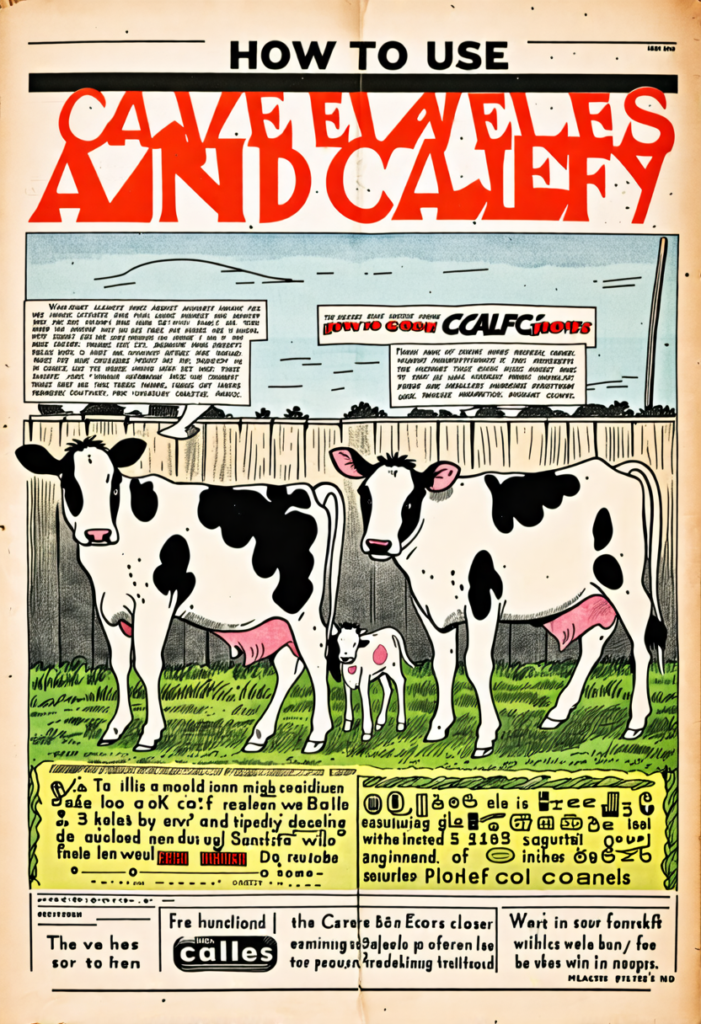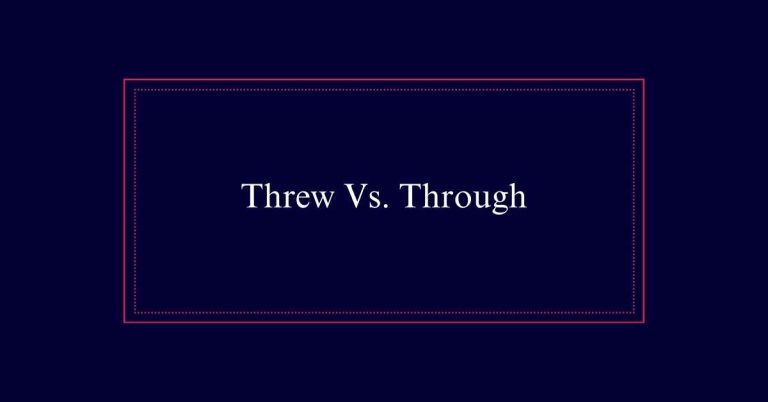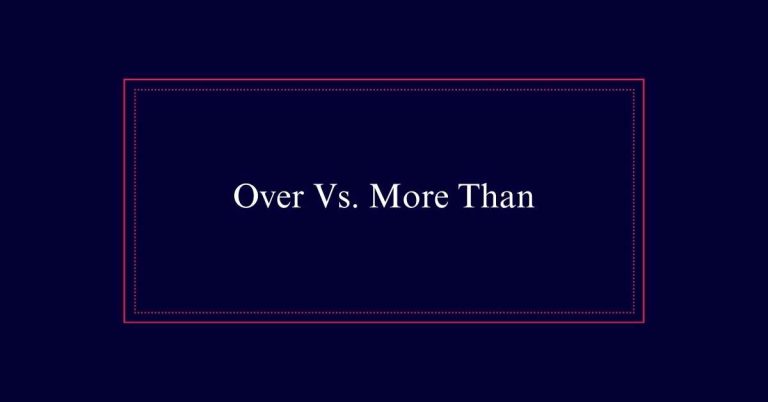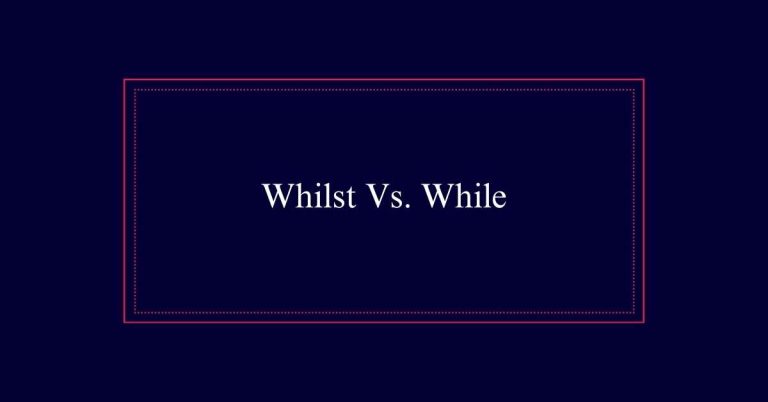How to Use “Calves” and “Calfs” Correctly?
‘Calves’ and ‘calfs’ are used differently based on context. ‘Calves’ is the dominant plural form of ‘calf’ when referring to young mammals (like cows or whales) and the muscles in the back of the human lower leg. ‘Calving’ also describes ice breaking off from a glacier. While ‘calfs’ is listed as a plural by some dictionaries, especially for calfskin, it is rarely used. Using ‘calves’ generally guarantees clarity and correctness in most contexts.
Definition of Calf
The term ‘calf’ refers to a young mammal such as a bovine, elephant, deer, or whale. It can also mean the back part of the lower leg in humans.
Additionally, in some contexts, ‘calf’ describes a piece of ice breaking off from a larger iceberg or glacier. This term has multiple meanings depending on the context in which it is used.
For example, a farmer might talk about a newborn calf in the herd, while a hiker might feel pain in their calf muscle.
Plural Forms Explained
In English, the plural form of ‘calf’ is generally ‘calves’. This rule applies to both young mammals and the back part of the lower leg. However, there are exceptions. Some dictionaries list ‘calfs’ as an acceptable plural, particularly for calfskin. Despite this, ‘calves’ remains the dominant form in most contexts.
Here is a quick reference table to clarify the usage:
| Singular | Plural |
|---|---|
| calf | calves |
| calf | calfs |
Understanding these distinctions guarantees proper usage. While language evolves, ‘calves’ is preferred for clarity and correctness in most instances. Always consider context when choosing the right plural form.
Animal Contexts
When referring to young mammals in various animal species, ‘calf’ is the correct term. This applies to several animals, and understanding its use is essential for accurate communication.
Here are some examples:
- Bovines: The term ‘calf’ is most commonly associated with young cows.
- Elephants: A young elephant is also called a calf.
- deer: The offspring of deer can be referred to as calves.
- Whales: Young whales are known as calves as well.
In these contexts, the plural form ‘calves’ is preferred. Using ‘calf’ and ‘calves’ correctly helps to avoid confusion and ensures clarity when discussing young animals.
Human Anatomy
Human anatomy includes the term ‘calf’ to describe the back part of the lower leg. This area consists of two primary muscles: the gastrocnemius and the soleus. These muscles are essential for walking, running, and jumping. They connect to the Achilles tendon, which attaches to the heel bone.
The calf muscles help in the movement of the foot and ankle. Proper functioning of these muscles is important for daily activities and athletic performance. Injuries to the calf, such as strains or tears, can greatly impact mobility. Stretching and strengthening exercises can help maintain calf health and prevent injuries.
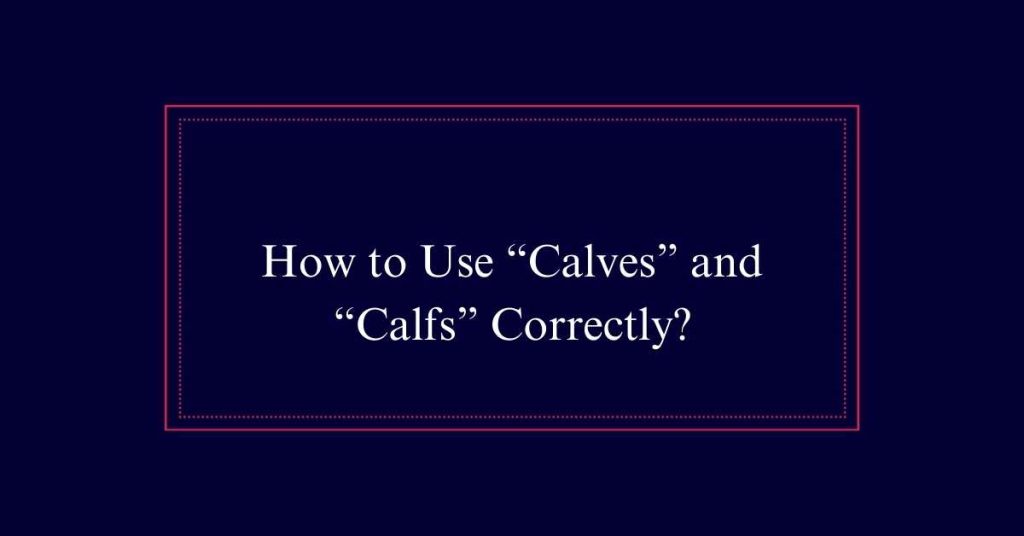
Ice and Glaciers
The term ‘calf’ also finds relevance in the natural world, particularly in the context of ice and glaciers. When a piece of ice breaks off from the edge of a glacier or iceberg, it is called a ‘calf’. This process is known as calving.
Here are some key points:
- Definition: A ‘calf’ is a chunk of ice that separates from a glacier.
- Process: Calving occurs when stress causes the ice to crack and break.
- Impact: Calving contributes to rising sea levels by adding ice to the ocean.
- Frequency: Calving is more common in warmer climates.
Calves Vs. Calfs
In most contexts, ‘calves’ is the preferred plural form of ‘calf’. This usage applies primarily to young mammals like cows, elephants, and deer. However, some dictionaries accept ‘calfs’, especially when referring to calfskin. Despite this, ‘calves’ remains the dominant form.
Here is a table to illustrate the differences:
| Context | Preferred Plural | Example Sentence |
|---|---|---|
| Young Mammals | Calves | The farmer has five calves in the barn. |
| Calfskin | Calfs | The shoes are made from premium calfs. |
| Human Anatomy | Calves | She injured both her calves while running. |
Historical Usage
Throughout history, the word ‘calf’ has evolved in its meanings and applications. Originally, ‘calf’ referred to a young bovine animal. Over time, its usage expanded to include young elephants, deer, and whales. Additionally, ‘calf’ began to denote the back part of the lower leg in humans.
Notably, the plural forms have shifted as well:
- Medieval English: ‘Calf’ was pluralized as ‘calves’.
- Early Modern English: Retained ‘calves’ but saw occasional use of ‘calfs’.
- 19th Century: ‘Calves’ became the dominant form.
- Contemporary Usage: ‘Calves’ remains standard, though ‘calfs’ appears in specific contexts like calfskin.
Common Errors
Many people mistakenly use ‘calfs’ instead of the correct plural form ‘calves’ in everyday writing. This error often occurs because the spelling rules in English can be confusing.
‘Calves’ is the proper plural form for the animal or the part of the lower leg. Another common mistake is using ‘calfs’ when referring to multiple pieces of calfskin, although some dictionaries accept this variant.
To avoid these errors, remember that ‘calves’ is almost always the right choice. Proofreading and using spellcheck can help catch these mistakes before they appear in your writing. Correct usage guarantees clear communication and maintains the accuracy of your text.
Idioms and Phrases
The term ‘calf’ appears in various idioms and phrases that enrich everyday language. These expressions often add color and depth to communication. Here are a few common ones:
- Calf-love: Refers to a young, immature love often experienced in adolescence.
- Calf of the leg: Describes the back part of the lower leg.
- Calf-bound: Usually refers to a book bound in calfskin leather.
- Fattening the calf: Means preparing for a significant event or celebration.
Examples in Sentences
To illustrate the correct usage of ‘calf’ and ‘calves,’ consider the following examples within various scenarios.
In zoology:
‘The cow gave birth to a healthy calf.’ Here, ‘calf’ refers to a young bovine.
In anatomy:
‘She felt a sharp pain in her calf after running.’ This usage denotes the back part of the lower leg.
Discussing icebergs:
‘A large calf broke off from the glacier.’ Here, ‘calf’ describes a piece of ice.
For plural forms:
‘The farm has several calves grazing in the field.’ Here, ‘calves’ is the plural of ‘calf’ in a zoological sense.
For calfskin:
‘The artisan used premium calfs for the leather goods.’ In this case, ‘calfs’ refers to calfskin.
Frequently Asked Questions
When Did ‘Calf’ First Appear in the English Language?
The term “calf” first appeared in the English language during the Old English period, around the 9th century. It has its origins in the Germanic language family and has maintained consistent usage over the centuries.
What Other Words Have Similar Pluralization Patterns to ‘Calf’?
Other words with similar pluralization patterns include “leaf” (leaves), “wolf” (wolves), “knife” (knives), and “half” (halves). These words change their internal spelling when forming the plural, following a specific English language rule.
